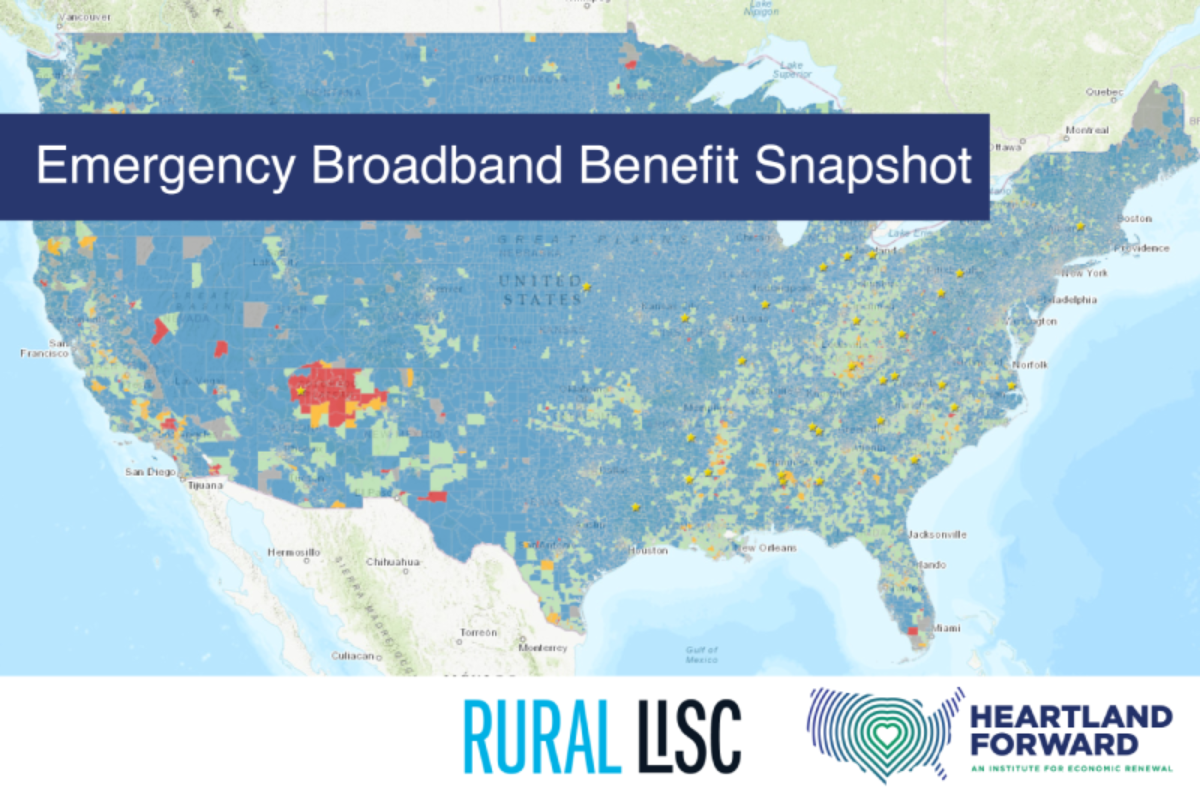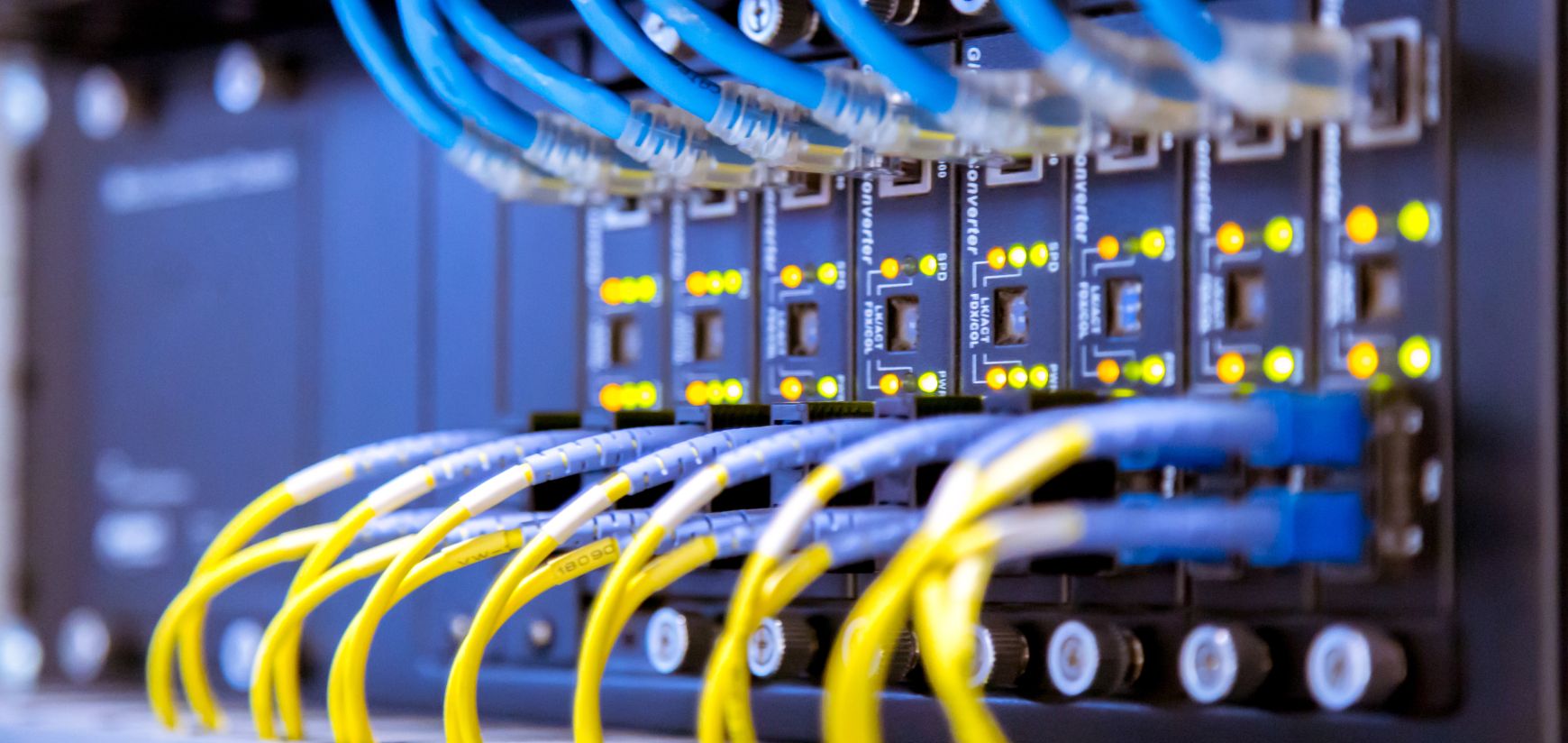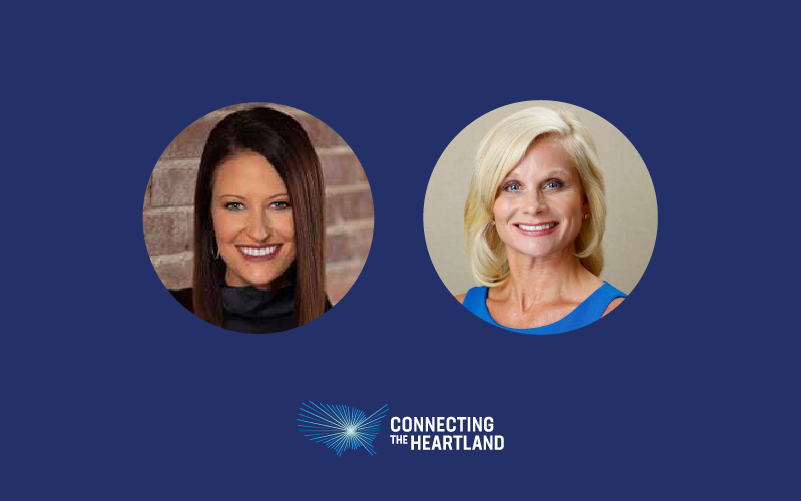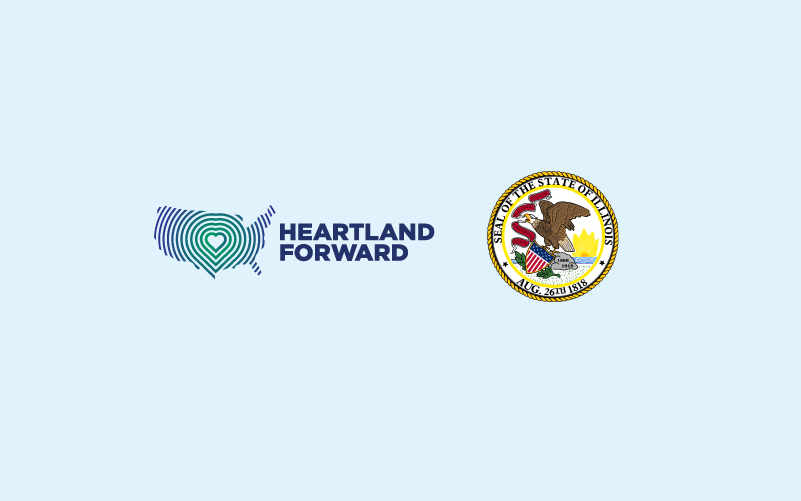The Federal Communications Commission (FCC) recently launched the Affordable Connectivity Program (ACP), a permanent replacement for the Emergency Broadband Benefit (EBB) which launched during the pandemic using emergency COVID funds. While the programs are slightly different, the goal is the same – help close the digital divide that persists across our country by getting people connected to affordable internet service.
As an American Connection Corps Fellow placed with Rural LISC in Central Ohio, Liz Lima has already made an impact on this front by working to understand the lessons learned from the EBB to help increase enrollment in the ACP. She recently spearheaded the creation of an innovative mapping tool that overlays enrollment data from the EBB with census data on the communities that have the highest levels of eligibility for the program. This tool can help target outreach for the ACP by pinpointing the communities where large populations of people are likely eligible for the program, but haven’t yet taken advantage of it.
Liz had the opportunity to present this tool to the FCC, which, in her words, was “surreal.” She hopes that this tool will benefit communities as they work to get their residents connected: “The goal of the map is to help local governments, organizations and Digital Navigators see how EBB has impacted their community, who all is eligible, and where ACP outreach is needed most,” she said.
Another aspect of Liz’s work with Rural LISC is supporting their Digital Navigators program, which in just a year and a half has served about 2,000 clients and distributed nearly 1,000 devices. In addition to helping clients access connections and become familiar with devices, Digital Navigators train individuals in basic computer skills and provide regular follow-ups to meet their needs, on client timeline.
Liz is most proud of how this work has impacted people who might not typically be thought of as lacking digital literacy. “The average age of our clients is 42 years old and the median is 39…but you hear a lot about the term ‘digital skills’ and we assume that it’s a lot of elderly individuals who have a digital skills gap, when in reality, it’s working-age who adults need this assistance too,” she said.
Liz credits her placement with Rural LISC for increasing her awareness of the issues around internet connectivity, and granting her a greater understanding of the challenges facing the heartland. She added, “You take for granted having your bills on autopay or being able to jump online quickly – you have this mentality of, who doesn’t have the internet? But it’s millions of people.”
Here at Heartland Forward, we’re proud of the important and innovative ways in which Liz and our other American Connection Corps Fellows are working to connect the heartland and close the digital divide.










